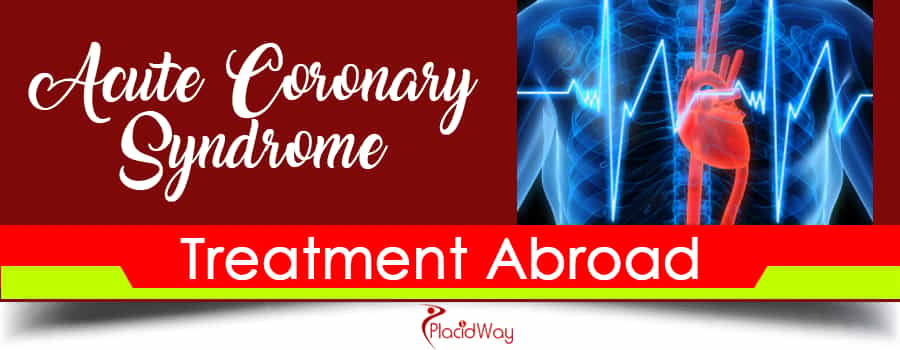
 cute coronary syndrome, also known as ACS, is a medical term that defines a cluster of symptoms that are related to coronary artery obstructions. The term describes situations where the heart experiences an unexpected, sudden or reduced flow of blood to the heart. Symptoms associated with the condition differ depending on the event, but can include symptoms that mimic a heart attack. Unfortunately, the condition is not often diagnosed until a person experiences a significant heart event such as cardiac arrest.
cute coronary syndrome, also known as ACS, is a medical term that defines a cluster of symptoms that are related to coronary artery obstructions. The term describes situations where the heart experiences an unexpected, sudden or reduced flow of blood to the heart. Symptoms associated with the condition differ depending on the event, but can include symptoms that mimic a heart attack. Unfortunately, the condition is not often diagnosed until a person experiences a significant heart event such as cardiac arrest.
In most cases, acute coronary syndrome is caused by a gradual buildup of plaque inside the arteries. This is known as coronary atherosclerosis. Plaque buildup is caused by fatty deposits that coat the inside of heart arteries. This reduces the flow of oxygen and nutrient rich blood to various parts of the body. Narrowing of artery walls makes it harder for your heart to pump oxygenated blood to the body. In many cases, the extra effort of your heart to do so causes angina or chest pain.
In most cases, acute coronary syndrome occurs when a blood clot forms from the plaque, or a piece of plaque disengages from the blood vessel wall and blocks blood flow to the heart muscle. When blood flow to the heart muscle is moderately to severely inhibited, a heart attack is likely.
A person’s risk for developing acute coronary syndrome may occur if he or she has been diagnosed with high cholesterol or high blood pressure. Type 2 diabetes, lack of physical activity and age also increases risk for women over 55 years of age and men over 45 years of age.
Many feel a sensation of pressure in the chest, even while resting or engaging in light physical activity. This is known as unstable angina. For most, the symptoms of acute coronary syndrome are similar to those of someone having a heart attack. If the symptoms aren't treated very quickly, a heart attack may occur. The most common symptoms associated with the condition include:
Not all people experience the same type of symptoms when having a heart attack. Men often experience different symptoms than women, and in different parts of the body.
Diagnosis of acute coronary syndrome usually follows blood tests that identify a number of enzymes released into the blood if the heart has been damaged. In addition, an electrocardiogram, or ECG, is the primary test to diagnose heart attack or heart damage by determining electrical activity of the heart. Heart damage causes muscular damage in the walls of the heart, and the area of the injury won't conduct electrical impulses as it normally does, identifying the location and severity of the attack.
In a case where an individual has not experienced a heart attack but does show elevated levels of heart enzymes, the doctor will check blood flow to the heart. A coronary angiogram is often recommended in such cases, where pictures are taken of the inside of the heart that give the doctor a better idea of what's going on.
A number of treatments are recommended for acute coronary syndrome, depending on severity.
Drugs and medications may be recommended including:
Angioplasty and stents are also recommended to repair damage to narrowed arteries. During this procedure, a catheter is threaded into the narrowed or blocked artery. Once in its position, a deflated balloon type appliance is threaded through the catheter to the narrow part of the artery. The balloon is inflated, widening the artery wall. Then, a stent or mesh patch is inserted into the artery at the location to support the artery walls and keep the artery open.
Coronary bypass surgery may be recommended for severely blocked arteries. The damaged artery is clamped off, and a graft is placed around the damaged area to restore blood flow.
Get in touch with us and find out more about your options!
Heart Surgery Abroad, Cardiac Care Abroad